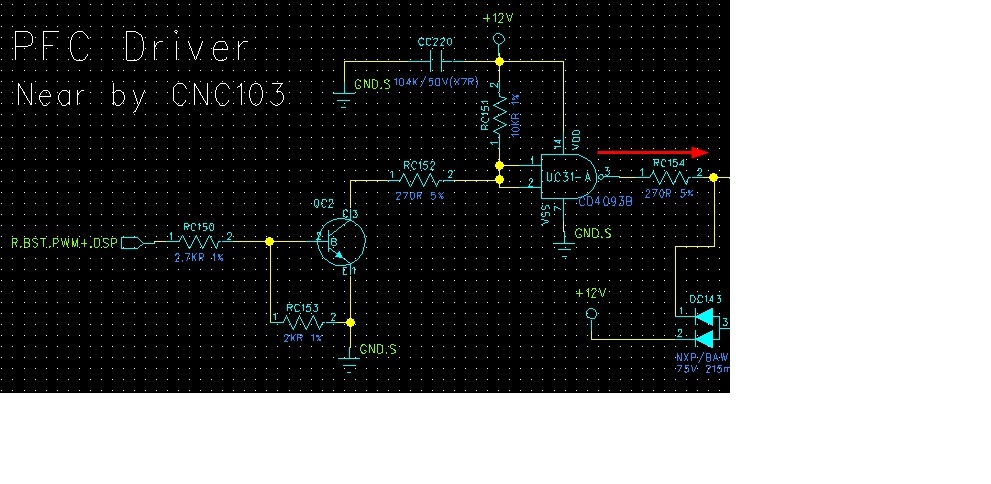Hi Team:
Please help to confirm and question as below , thanks.(Datasheet http://www.ti.com/lit/gpn/CD4093B?keyMatch=CD4093B&tisearch=Search-EN-Everything
1.When VDD provide 12V and Pin1 & Pin2 with Low and output will high of CD4093B , when output is high level , how is the max current like red arrow as below picture?
2.Datasheet Only define VDD 10V & 15V on datasheet and define Min & Type , Why not define Max value on datasheet ?
3.Base on Datasheet page 9 and picture as below , What does this curve mean ? What is Vgs and Vds mean ? RD confused could not see any function block about MOSFET ?
Regards / Mark




